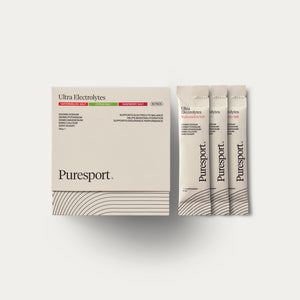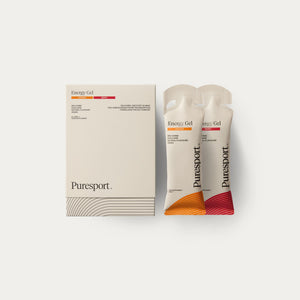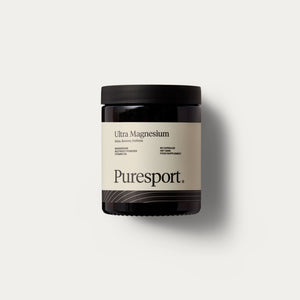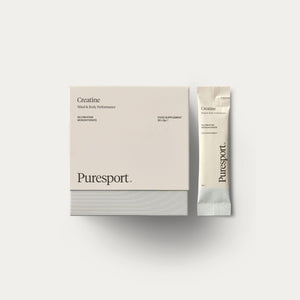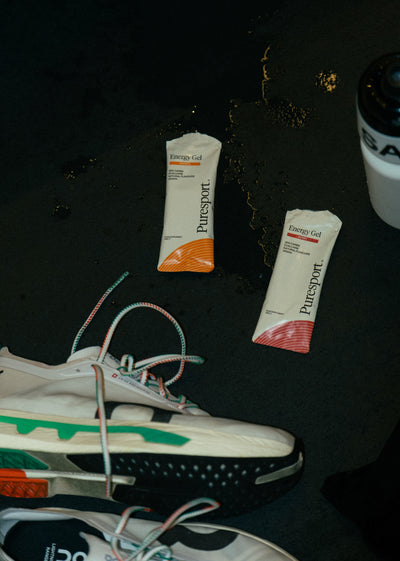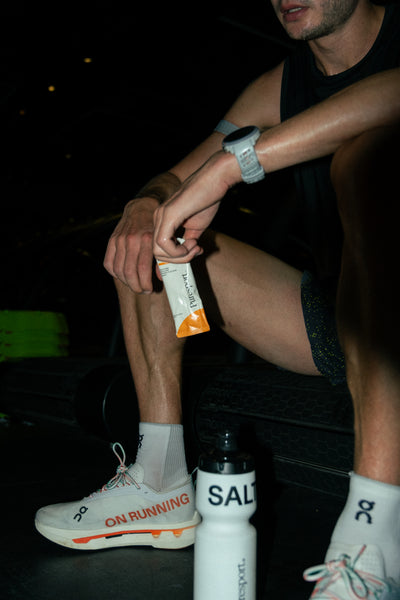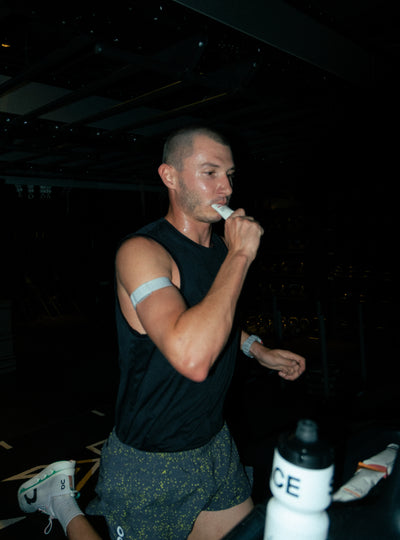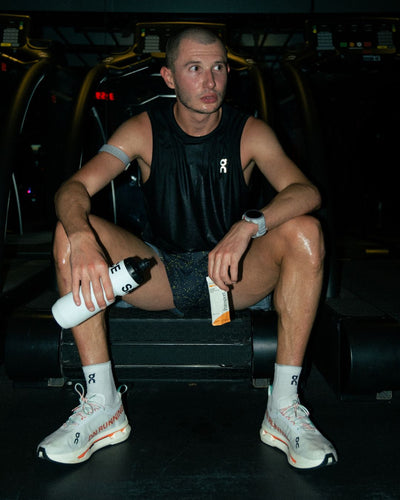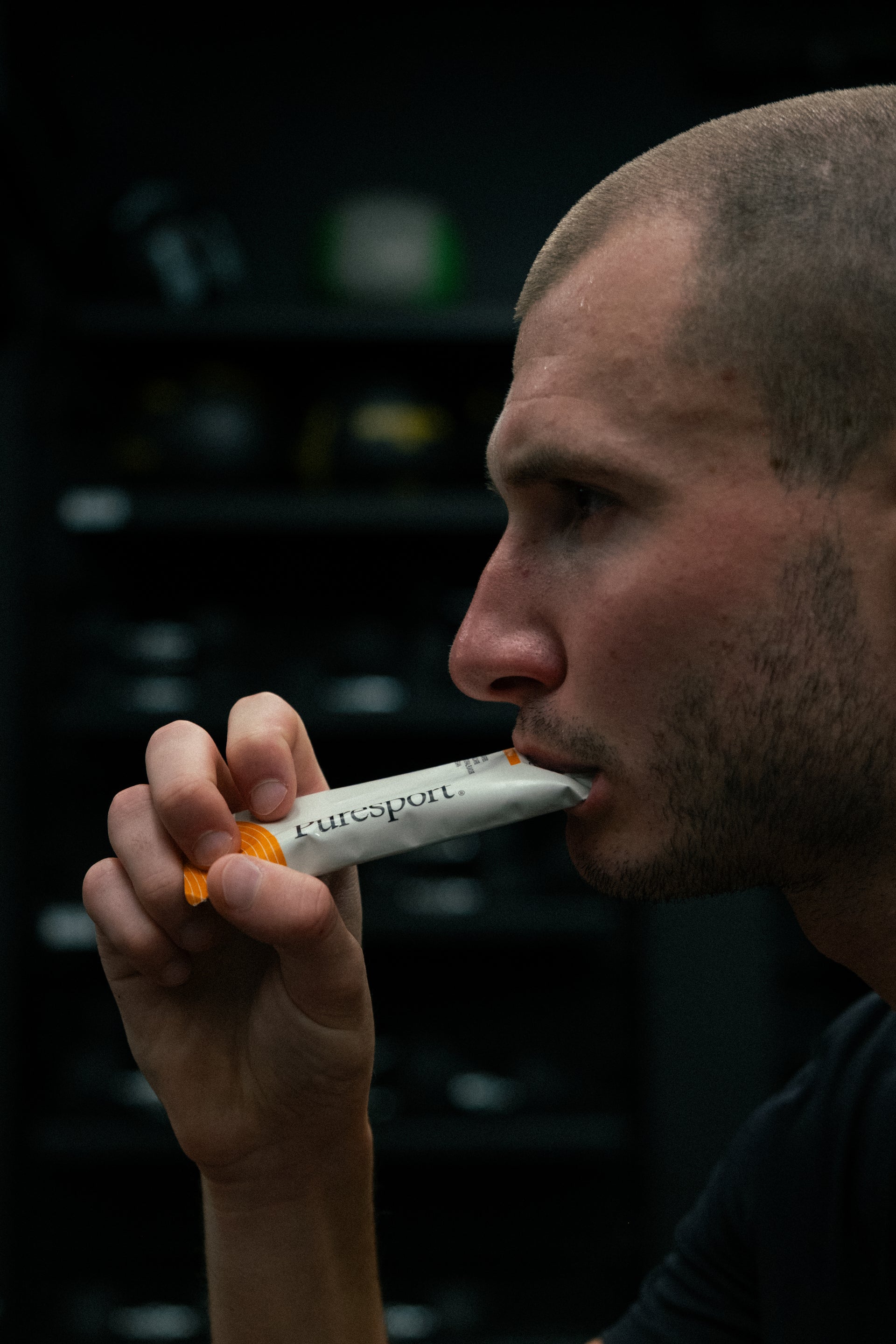Why We Need to Talk About Fuelling
Running is simple. Fuelling it properly hasn’t been.
“Do I really need gels in training?” “When do I take them?”
“What’s the difference between glucose and fructose?”
“Why do some gels make my stomach feel awful?”
These are the questions I’ve heard time and time again. And truthfully, most runners still rely on guesswork. They train hard, but underfuel - limiting performance, slowing recovery, and making sessions feel tougher than they need to.
That’s why, together with Puresport, I set out to simplify the science. No jargon, no complicated calculators. Just the facts that matter.
We’ve run the numbers for you.




